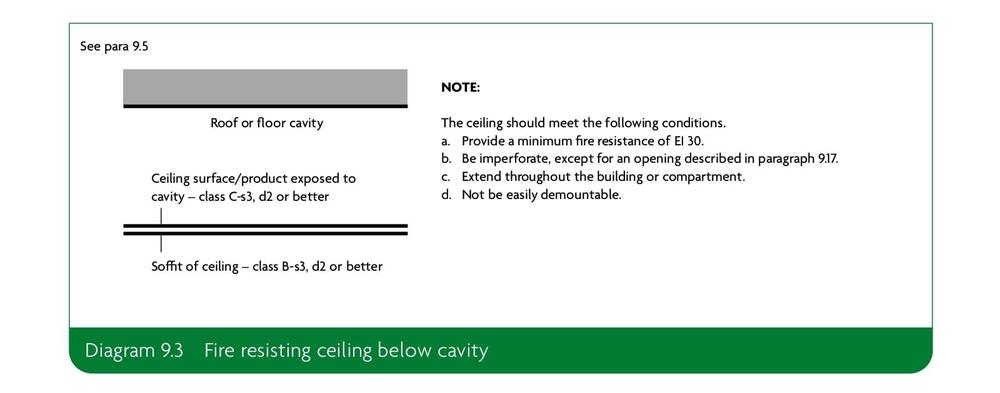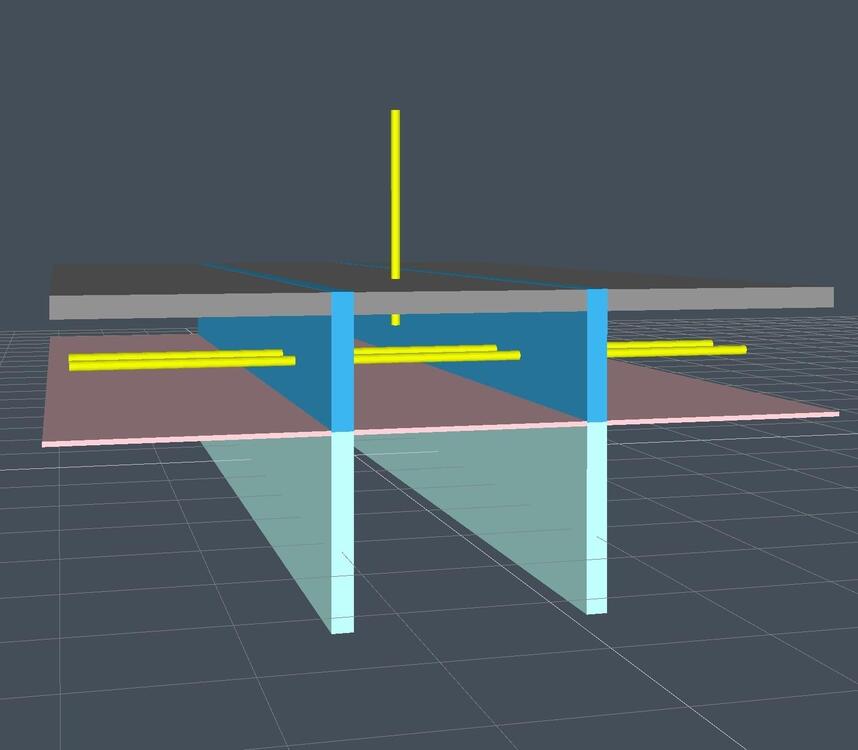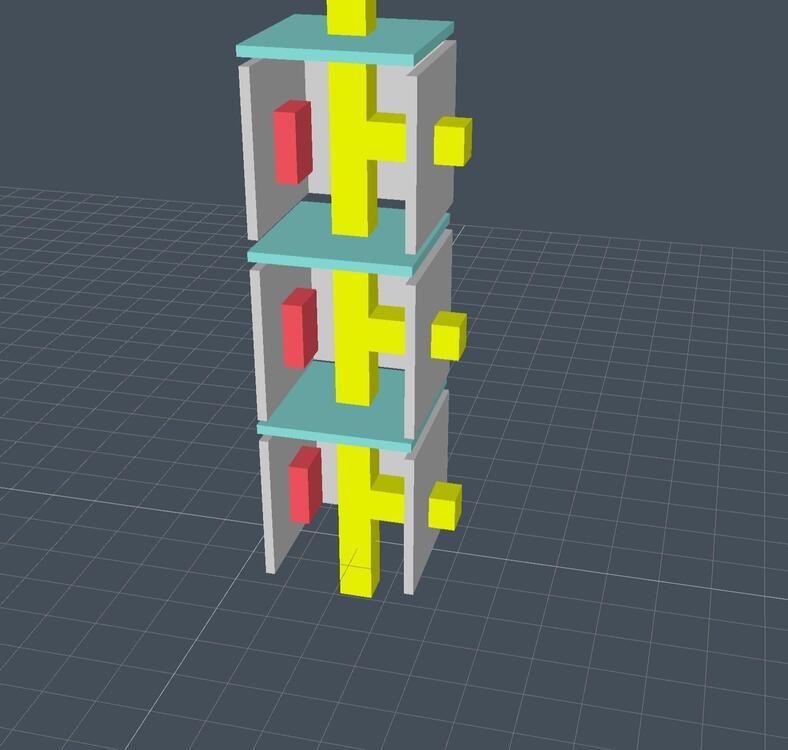
Bolt
Members-
Posts
3 -
Joined
-
Last visited
Everything posted by Bolt
-
Hello, I have a doubts about the regulations contained in the Approved Document B. What is mean "Not be easily demountable " ? Is it allowed to have 30min fire rated grid ceiling (tiles) to meet this requirement? Or this must be a plasterboard ceiling ? Thank you in advance.
-
Office buildings, fire rated ceilings, service risers
Bolt replied to Bolt's topic in Fire Prevention
Thank you for your answer, It's England. 1. I can see the protected shafts doesn't need a horizontal protection between the floors but sometimes I can see them, especially when electrical equipment is inside. Is it any rule that regulates requirement in relation to additional horizontal protection? 2. Could you also help me to understand how to interpret the fire compartmentations? As the first picture shows the slab and fire rated ceiling below - if we deal with protected corridor or any other room that need to be protected such as cleaners rooms, store rooms, plant rooms e.t.c - is it enough to install fire rated ceiling (same or better FR as room require) instead of sealing every penetration above the ceiling level? Many thanks in advance -
Hello all, I am bothered by a few questions related to the fire safety of office buildings. I will add simple 3d drawings to illustrate the situation 1. Rooms designed to run the installation through the entire height of the building, commonly known as risers I would like to ask which documents regulate the definition of Service Risers, Electrical cupboards and related fire requirements. If there are only ducts and pipes in the room - should such a room be included in the fire strategy of the building (REI 30 or similar)? Should the following be secured in this case: a) Slab penetrations only? b) Wall penetration only (protected shaft)? c) Both of the above? 2. If there are also electrical devices such as switchboard / fuse boards in such a room - what are the requirements for such a room? 3. I would like to ask what documents regulate the method of security and the time (fire rating) of the required security for escape routes from offices. Can securing all high-risk rooms, such as electrical cupboards, service risers, store rooms, be an alternative option for securing escape routes (e.g. All walls and ceilings adjacent to escape routes min 30 REI) Or rather, all of these places need to be secured (risers, elec cupboards, escape routes e.t.c)? 4. Fire rated suspended ceilings. If the ceiling above the escape routes is fire rated and in the offices next to it, the ceiling is also fire rated, should the walls forming the escape route be sealed only to the level of the syspended fire rated ceiling or to the level of the solid slab above it? The same question to other rooms such as store rooms, cleaners cupboards, drying rooms. Does the space above the fire rated ceiling have to be secured to the level of solid slab? Or, if the suspended ceiling is fire rated, then everything above it is considered ceiling cavity and it should be secured only every 20 / 40m? I will be very grateful if you show me a document that sets out such rules or for a summary with the target answer. Thank you and best regards




